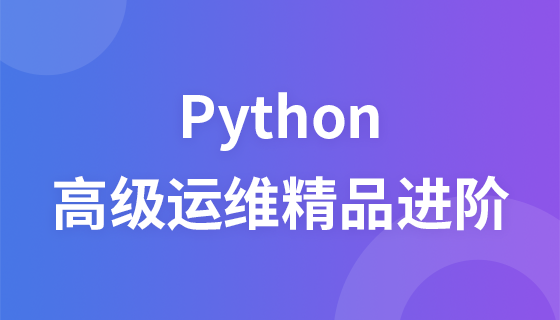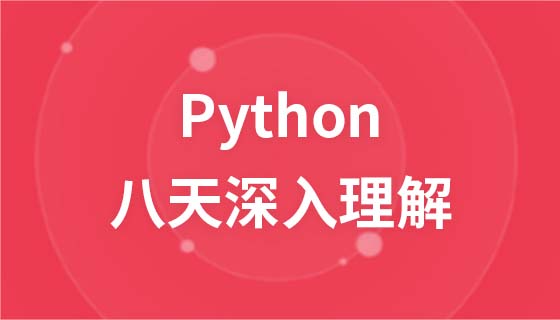1、保存一个hello.py文件在f:/data/python目录下
hello.py
>>> def hello(x): print x
目录

立即学习“Python免费学习笔记(深入)”;
导入
>>> import sys>>> sys.path.append('F:/data/python') #添加路径,此添加是一次性的>>> import hello>>> hello.hello(5) #调用52、不改变sys.path导入自定义模块:
第一种方法:将hello2.py文件放在D:/Python27/lib/site-packages目录下

DouPHP模块化企业网站管理系统是一款轻量级企业网站管理系统,基于PHP+MYSQL架构的,包含“手机版”、“公众号管理模块”、“小程序”,可以使用它快速搭建一个企业网站。 DouPHP功能特色: (模块全部免费,一键安装) 功能性模块:防伪查询模块、投票模块、自定义表单模块、工单模块等、会员模块、订单模块、视频模块、下载模块、图片模块等; 企业官网模块:业务范围
 0
0

>>> import sys,pprint>>> pprint.pprint(sys.path) ['', 'D:\Python27\Lib\idlelib', 'F:\data\s', 'D:\Python27', 'C:\Windows\system32\python27.zip', 'D:\Python27\DLLs', 'D:\Python27\lib', 'D:\Python27\lib\plat-win', 'D:\Python27\lib\lib-tk', 'D:\Python27\lib\site-packages']>>> import hello2>>> hello2.hello() hello,world!
第二种方法:将F:/data/python路径添加到环境变量(在系统变量中,添加PYTHONPATH变量,再将路径添加到值中)
>>> import sys>>> import hello>>> hello.hello(1)1
3、自定义包,导入模块
首先,创建如下目录,pytest为包,将路径F: est添加到环境变量PYTHONPATH中,pytest包中init.py文件是必要的,内容可以为空

>>> import sys>>> from pytest import hello>>> hello.hello(4)4
以上就是详解python自定义模块、包 的详细内容,更多请关注php中文网其它相关文章!

python怎么学习?python怎么入门?python在哪学?python怎么学才快?不用担心,这里为大家提供了python速学教程(入门到精通),有需要的小伙伴保存下载就能学习啦!




Copyright 2014-2025 https://www.php.cn/ All Rights Reserved | php.cn | 湘ICP备2023035733号